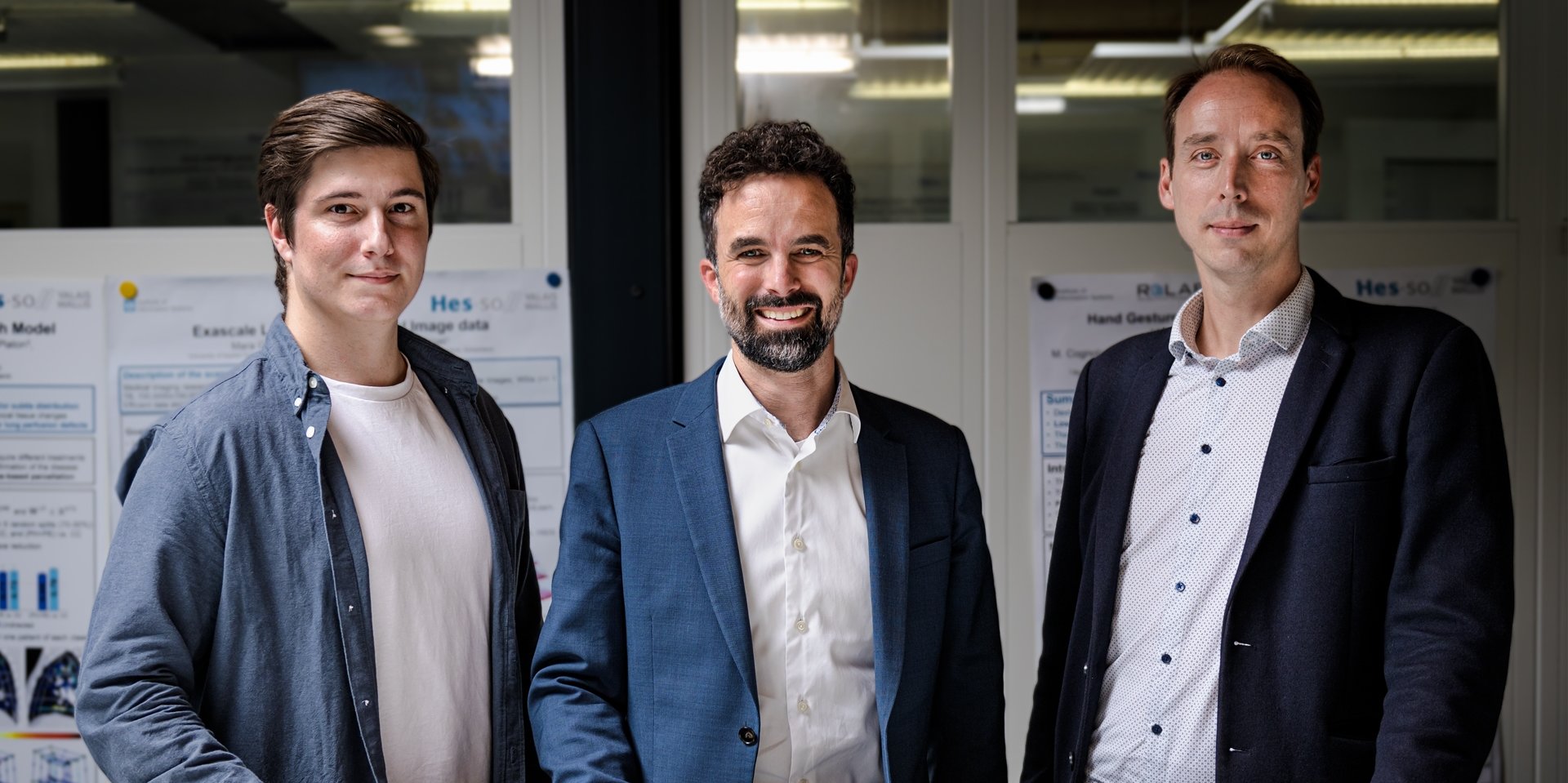Pedestrians and Visual Signs of Intent: Towards Expressive Autonomous Passenger Shuttles

Autonomous Passenger Shuttles (APS) are rapidly becoming an urban public transit alternative. Traversing populous commercial and residential centers, these shuttles are already operating in several cities. In the absence of a human driver and embedded means of communicating the autonomous shuttle's intent, the task of seamlessly navigating crosswalks and pedestrian-friendly zones becomes a challenging pursuit for pedestrians.
We contribute to the emerging notion of AV-Pedestrian Interaction by examining the context of autonomous passenger shuttles (APS) in real-world settings, and by comparing four different classes of visual signals -- namely instructional, symbolic, metaphorical, and anthropomorphic -- designed to communicate the shuttle's intentions. Following a participatory methodology involving all the stakeholders and considering the legal ground, we conducted a design workshop, a qualitative, and a survey study. Anthropomorphic signals were identified as the preferred and effective modality in terms of pedestrians' interpretation of the communicated intent and their perceived sense of attention, confidence, and calmness. These findings were translated into design and policy implications and exemplify a viable way for assimilating human factors research in urban mobility.
Source : https://dl.acm.org/doi/abs/10.1145/3351265
